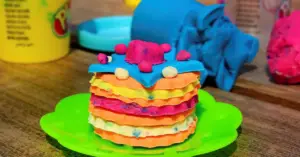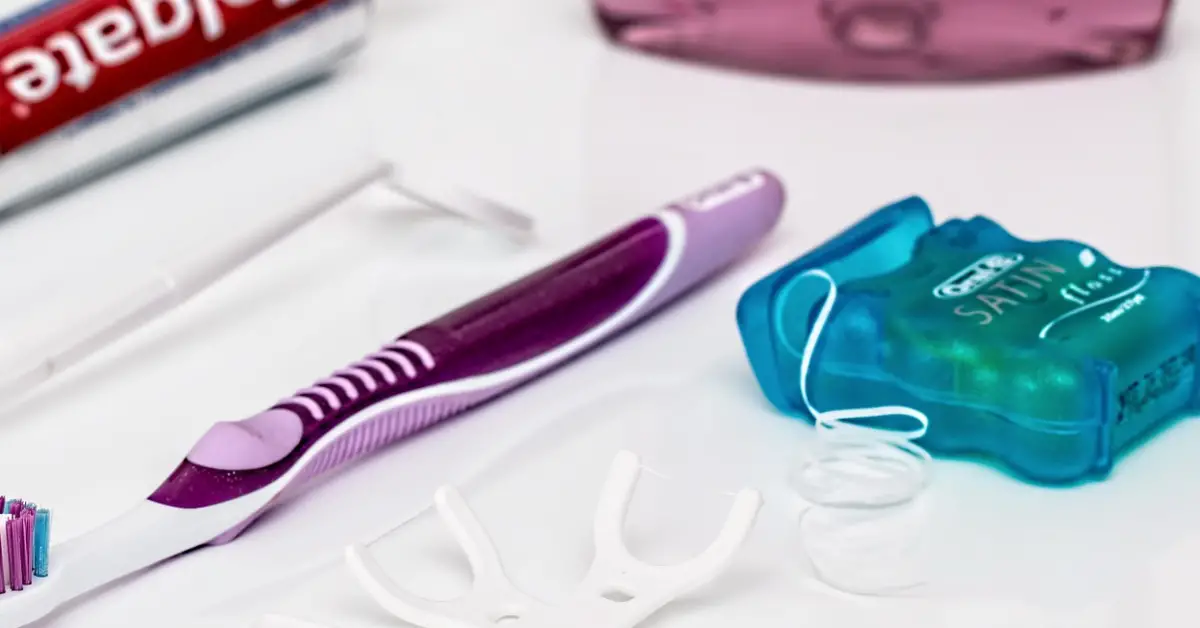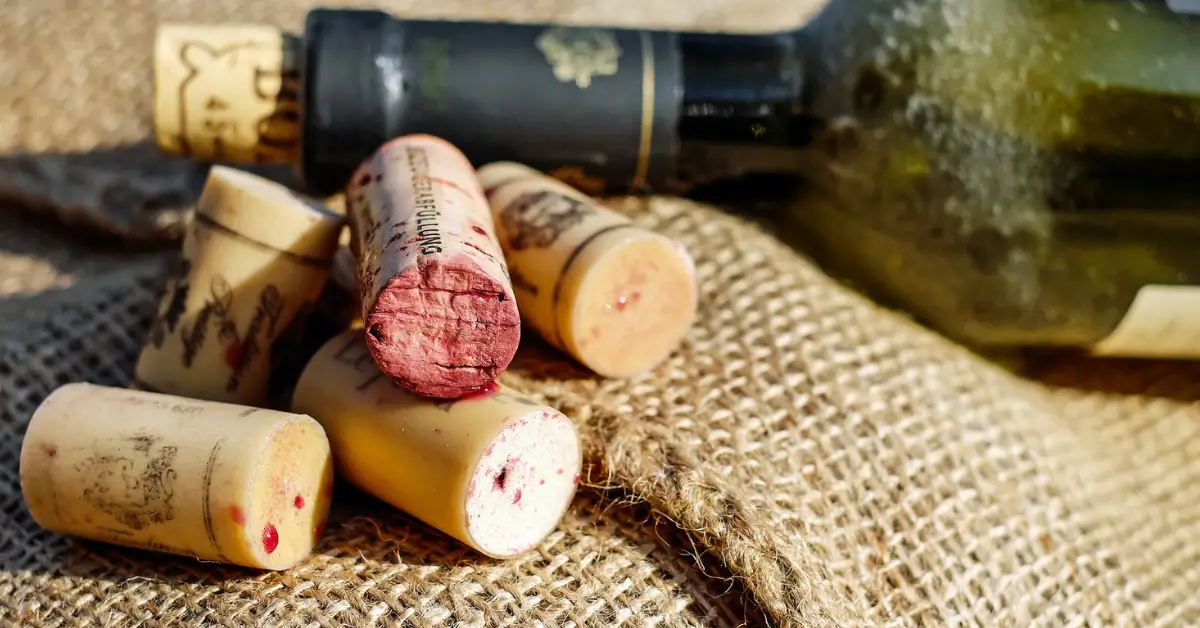Cat litter has got to be THE worst part of living with a cat. Not the nicest house chore to complete – and so much waste too. The commonly used clay-based cat litter is not biodegradable or compostable, but there are an increasing number of plant-based alternatives on the market. What about these types? Are they biodegradable or compostable? Yes, if you proceed with care! Let’s take a closer look…
Firstly, what is cat litter made from?
Clay cat litter is still the most popular litter on the market – it is effective, cheap and easy to source. Generally, cat owners have just stuck with it over the years. However, they are becoming increasingly conscious of the environmental impact of all areas of their lives – and this applies to their pet’s carbon pawprint too. As such, there is an increasing range of natural, plant-based varieties available. The most commonly available is pine pellet, but other alternatives include walnut shell, corn and even tofu! As you would expect, each bring their own sets of pros and cons but one thing they have in common is they have been derived from nature.
So, is cat litter biodegradable?
A material is regarded as biodegradable if it has the ability to be broken down naturally by micro-organisms such as bacteria. Plant-based cat litters are biodegradable but, unfortunately, clay-based litters are not. The clay will break down into smaller and smaller pieces over time, but this is not the same process as biodegradation – the components do not return to nature, they simply get smaller.
As with all biodegradable materials, the plant-based cat litter will need suitable conditions to biodegrade successfully. These are, generally, not provided in landfill. Items are packed tightly together making air flow and moisture suboptimal. This can make the process a lot longer than predicted timescales.
Is cat litter compostable? Yes, with some very important caveats…
‘Biodegradable’ and ‘compostable’ do not mean the same thing. There are some subtle differences. To be compostable, an item must be biodegradable – but not all biodegradable items are suitable for composting. For example, if an item is biodegradable but laden with chemicals or biological waste it may not be suitable.
Since it is not biodegradable, clay-based litter can be ruled out straight off the bat. Although the process does take a while (generally, over a year), plant-based litters are good to go. There is only one small problem – the cat poop that the used litter contains. As with dog poop, it contains bacteria and parasites which can be dangerous to humans. Nobody really wants partially composted cat poop in their vegetable patch!
We recommend that if you are going to compost the cat litter it should have its very own compost pile – don’t mix the used litter in with the regular composting stuff like food scraps. This will help ensure that partially composted litter does not end up in your garden a bit too early.
Experts recommend that you don’t put the fresh cat litter compost onto edible garden areas such as the veg patch. Instead, you can add small amounts of the finished cat litter compost to your other day-to-day compost pile. As well as helping the breakdown of ingredients of the other pile, it will also ensure that the cat litter compost is less concentrated. The guys over at Composting Basics also created a step-by-step guide to the whole process. Check it out!
Due to the extra steps involved, if you are new to composting, we recommend that you err on the side of caution. Although it is not beyond the realms of possibility, starting with something a little bit easier might be better for novices! There are lots of safer, day-to-day items, such as food scraps and cardboard, that are a good place to start when embarking on your composting journey. There are some helpful beginner’s tips here.
The bottom line
Composting is a great way to divert waste from landfill. Unfortunately, the common clay-based litters are not biodegradable or compostable – but you can reduce your cat’s carbon pawprint by switching to a plant-based litter. Different types will bring their own environmental impacts, but they are all biodegradable and can be composted. Composting cat litter does bring extra challenges – but it is great way of ensuring it does not persist in landfill for many years due to the poor conditions for biodegradation.







